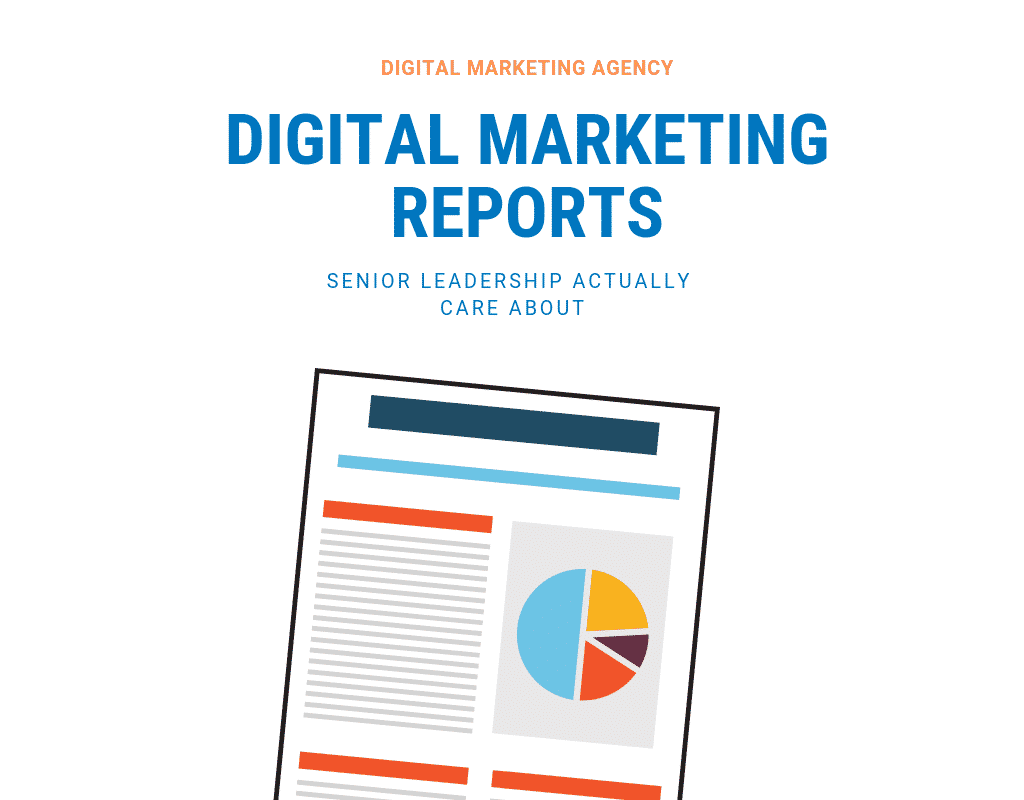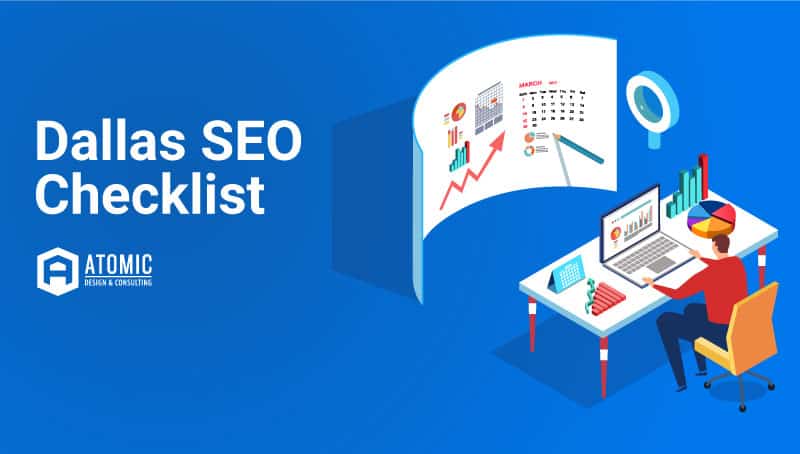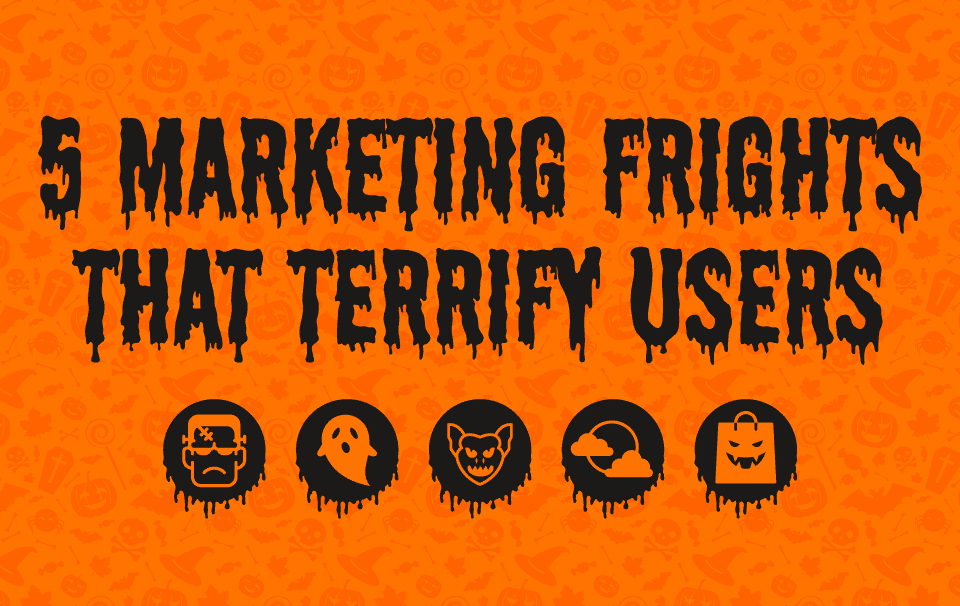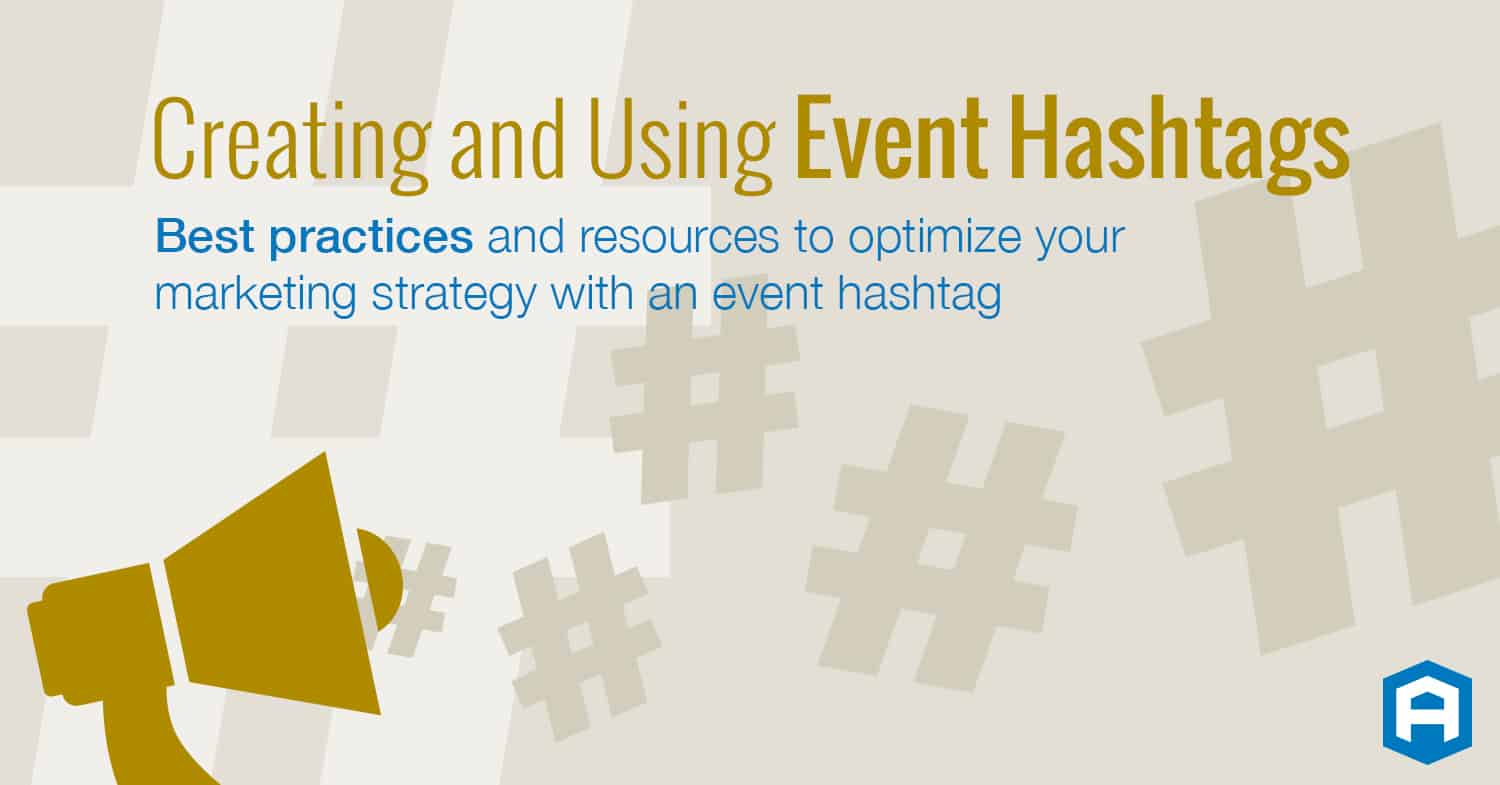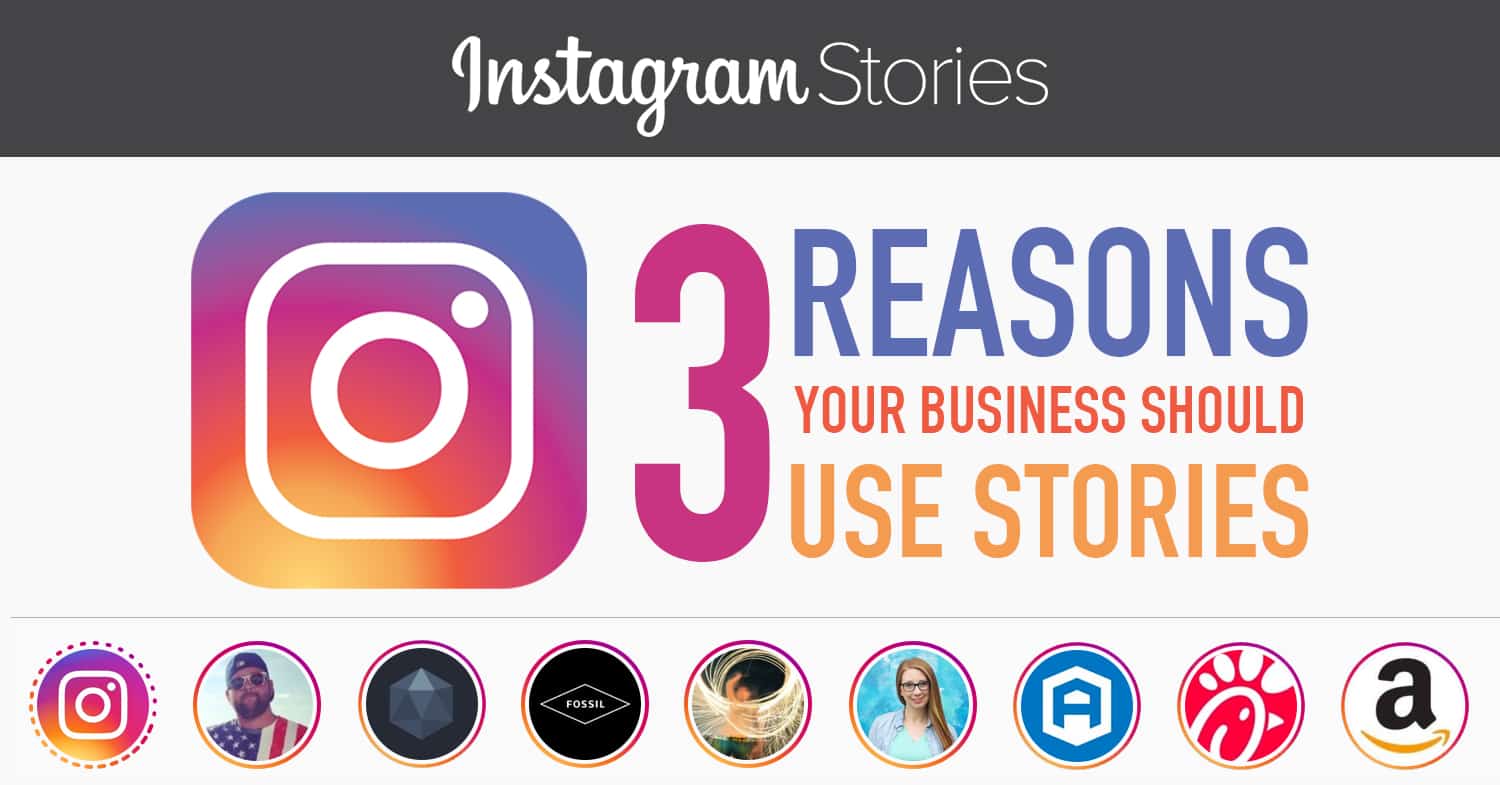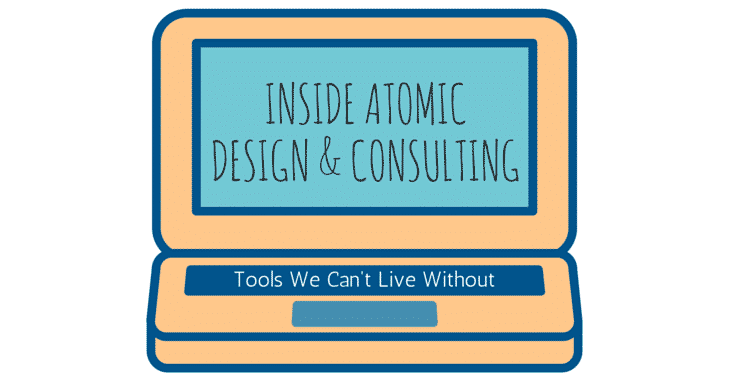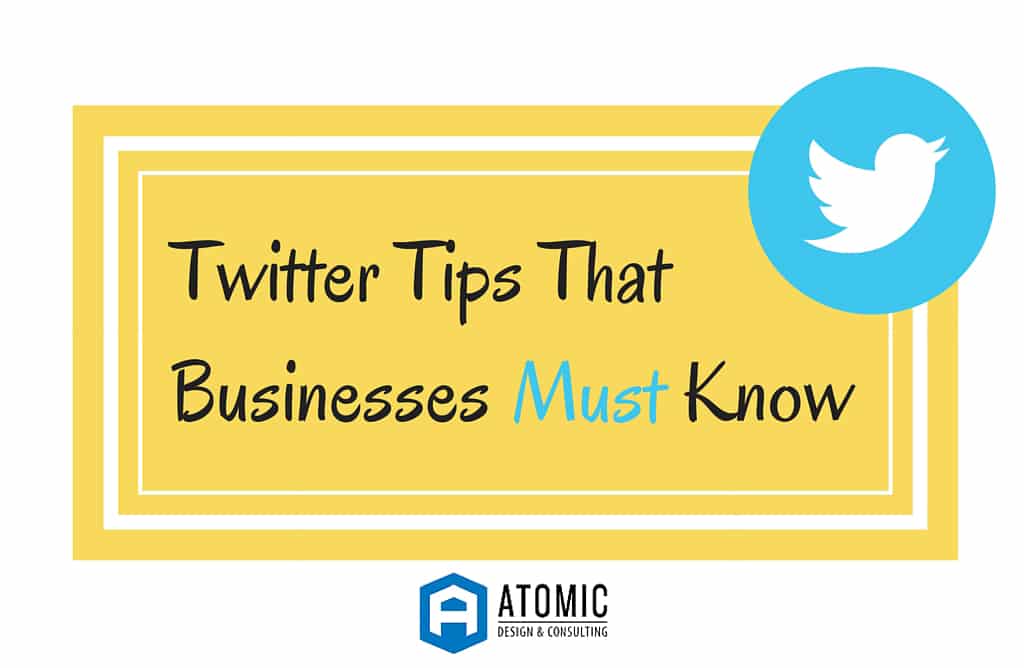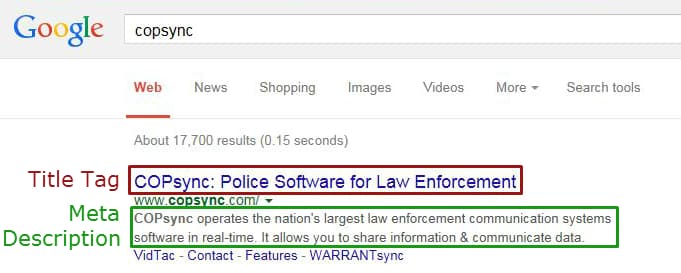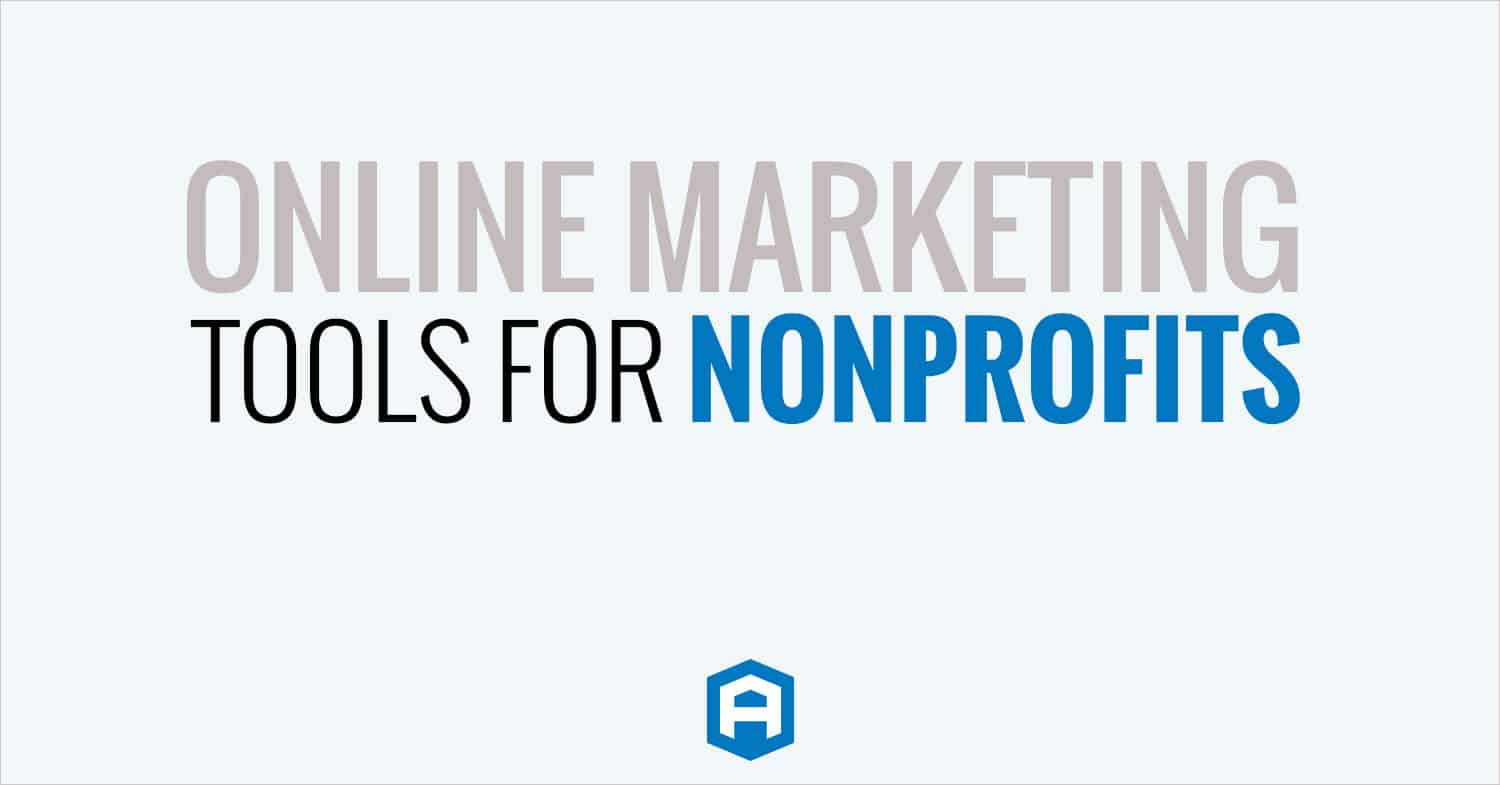
We Know You Want To Grow. Obviously.
The good news is that you’re not the only one. The bad news is that, again – you’re not the only one.
We’ve heard a million inspirational speakers and marketing gurus say the same thing: growing something takes a lot of work, patience, perseverance, and investment. It’s likely that your competitors are taking in similar information and trying to outmaneuver your business.
You are not alone.
Each week, I speak with multiple business owners, marketing managers, and executives all looking to do the same thing: grow the business.
And when I ask “Why?” – the common response I get is “Well, because… duh, more money.
The truth is, money can’t be the only motivating factor in pursuit of growth. Simon Sinek is most famous for starting with why.
Doing What It Takes (The Right Way)
Being excited and showing up for work isn’t the hard part. Being excited and showing up consistently is the measure of success or failure. Maintaining a level of enthusiasm and dedication over a long period of time is not easy.
In his book Atomic Habits, James Clear points out the analogy of the ice cube – the ice cube doesn’t melt until it hits 32 degrees. You don’t see the rise in temperature between 27 to 28 degrees – or 28 to 29 degrees. The change is noticed at the point of 32 degrees.
Have many times have you killed a marketing campaign because you didn’t think it was working? Did you give it time to work? Were you measuring the right metrics for your business?
Sometimes building means doing basic and mundane tasks.
Here are some important questions to ask yourself:
- Has your business identified and outlined its buyer personas?
- Do you have an annual content strategy outlined?
- What is your brand voice and how are you documenting that?
- Do you know how much website traffic you’re getting?
- What are your websites conversion rates? What conversions even matter and what is the process to follow up with each lead within the conversion funnel?
- What are your businesses unique selling propositions?
- What is your average customer lifetime value?
I can’t tell you how important it is to know your numbers, I’ll allow a fellow Dallasite Mark Cuban to tell you.

It’s critical to know this information. It should be obvious, but in case you want me to lay it out – here it is.
Building anything requires process and taking steps. You can’t put the roof on the house before laying the foundation. If you don’t build in a specific order, you likely won’t see sustainable results (or any results at all).
Understanding your numbers gives you the ability to understand which marketing and sales channels to emphasize and which channels are costly to pursue. Putting time into gathering and interpreting your data might not be the most fun work but it most definitely is the place to start to establish long-term success.
Our Advice: Grow Better
What does that even mean? I won’t bury the lede, so I’ll cut to the chase.
Today, the best businesses really do “solve for the customer” and put their customers first. They grow because of their customers’ trust and loyalty. They realize that when their customers succeed, they do too. There are many ways to grow, but there’s only one way to grow better. Let’s dig in.
Using a powerful marketing agency combined with powerful marketing technology is table stakes. Changing that rolodex approach to marketing and sales happened years ago. When was the last time you bought solar panels from a door to door sales person?
If you want to stop annoying people with pesky sales calls and start genuinely helping, consider Inbound Marketing.
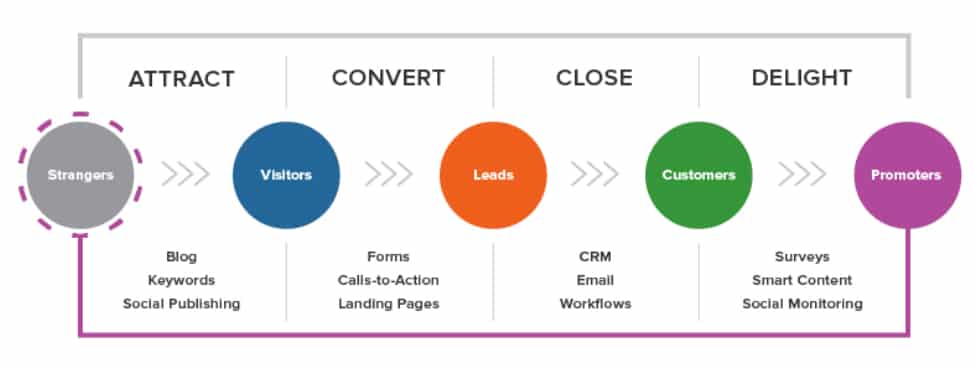
Without Inbound Marketing, you can still grow. You’ll grow slow and without scale.
Inbound marketing is a business methodology that attracts customers by creating valuable content and experiences tailored to them. While outbound marketing interrupts your audience with irrelevant content, inbound marketing forms connections they’re looking for and solves problems they already have (by getting to KNOW the customer).
How To Get The Most With Your Budget
Is your budget more like David or Goliath? The reason I ask is because it doesn’t even matter. NO company has ever told me they have plenty of budget and team members to accomplish everything on their list. Whether you have a large or small budget – the small relative difference exists.
If you’re on the smaller spectrum of budgets, you can achieve massive (10X) results with a reduced budget. Here are a few tips:
1. Set good expectations and metrics
When trying to illustrate marketing ROI to an executive team or board of directors, find as much marketing data as possible. Build realistic goals for your marketing campaigns. Let go of vanity metrics and measure actions and touch points that drive lead generation. This one doesn’t require budget, just time.
Here are examples of metrics and KPI’s to track: click through rate, impressions, bounce rate, cost per lead, conversion rate throughout the sales process, and customer lifetime value.
Below is a sample report to visualize a conversion rate throughout the sales pipeline.

2. Leverage professionals tools
“We don’t have enough money for that…..” Don’t be that person. Unless you need enterprise-level tools, there are a vast amount of resources you can find for free.
Take for instance the HubSpot CRM – you can get free use of their website forms, chatbot, contact database, email marketing, paid ad management, sales prospect tools, sales team tools, and more.
3. Audit your website
Most of us think our website is dialed in – but is it? When is the last time you asked a stranger to visit your website and give you feedback? (Keyword here is stranger. Friends and family are usually biased.)
At Atomic, we offer bullsh*t free website feedback and look at three components: general impressions, would we buy or convert on your website, and does the website meet basic SEO standards. We then send you a custom 5 minute video with our thoughts. Zero cost and no obligation to you (go ahead and add that to another free resource then).
Invest In The Right Areas
Does this sound familiar?
“If I knew the marketing dollars were working, I’d spend WAY more money on marketing”
Given the capabilities of today’s marketing technology, you can almost always know what’s working and what’s failing. Using technology can help everyone from marketing managers to board executives understand where to double down and where to pull the plug.
Investing in the “right” areas will be subjective based on your companies goals, industry, availability, etc. If you’re lacking in how to get started – consider outlining (or re-outlining) your strategy. Sometimes this requires the expertise of a digital marketing strategist. Investing with cash is obvious, don’t forget that investing your time can be just as important.
Here are a few scenarios and investment recommendations:
Lead generation
- Make sure your customer personas and buyer’s journey are outlined
- Your website needs to be SEO ready/optimized/friendly/whatever
- Identify good fit leads (no business is one size fits all)
- Setup a bulletproof content strategy that aims to help your audience
- Identify and focus on highest performing marketing channels (email, social, search, etc)
Converting leads to sales
- Create a company-wide sales plan
- Setup marketing automation to nurture leads
- Create “Sales” content – digital brochures, blogs, explainer videos, etc
- Follow the HubSpot Inbound Sales Methodology
- Survey your customers (often) – look for ways to serve and offer other services/products
Your Action Items
Okay, you made it to the end – so let’s bring it all together!
If you’re serious about growing your business, looking to be the digital marketing badass in the office – look no further. Using the Inbound approach for omni channel campaigns to drive and close more leads will get you there – wherever “there” is in your company.
Here’s your homework:
- Audit the website (check, double, triple check)
- Define your goals (sales, new staff, location performance, etc) then strategy
- Create or redefine buyer personas / buyer journeys
- Create MORE content (marketing and sales)
- Get access to marketing tools and reporting
This is a small list but will require time, budget, and determination to make it work. You can’t do it all, nobody can. Reach out to others around you or even us if you have questions. We’re here to help!
Helpful Resources
Need Specific Help?
Interested in a specific topic? Review the topics below to get the info, news, and tips you need!


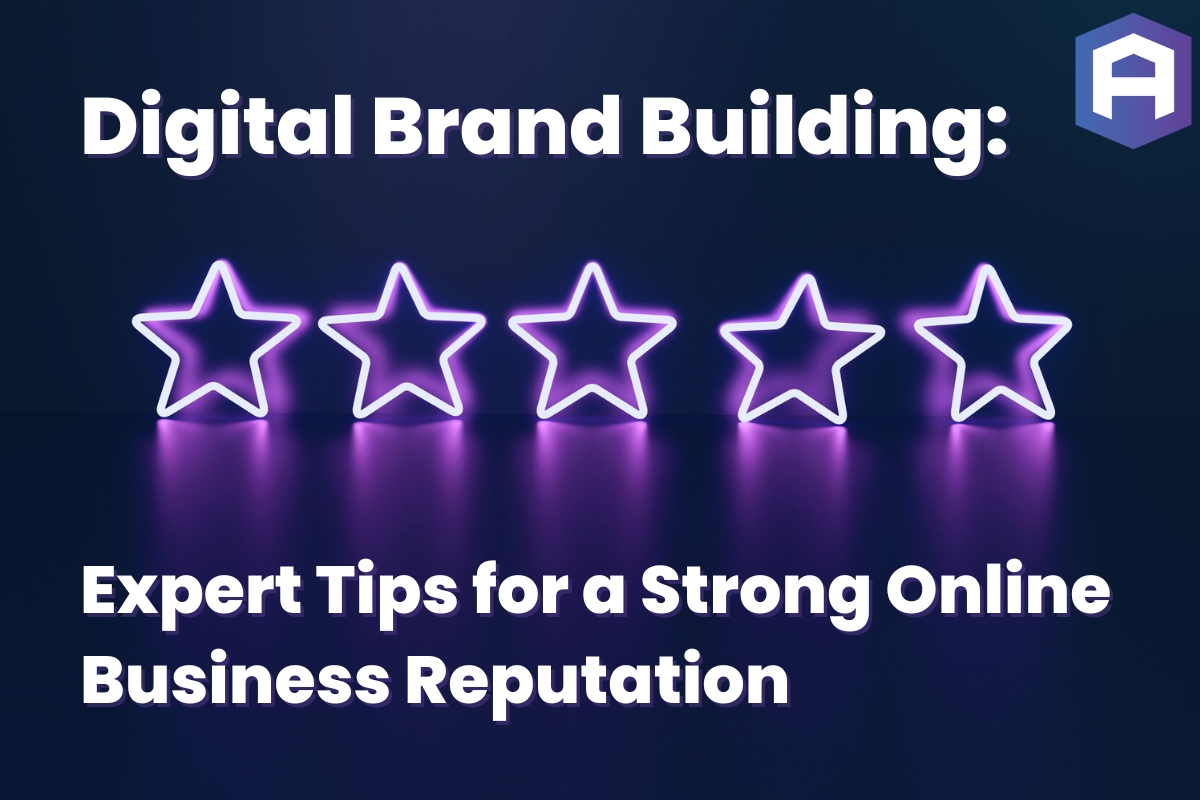



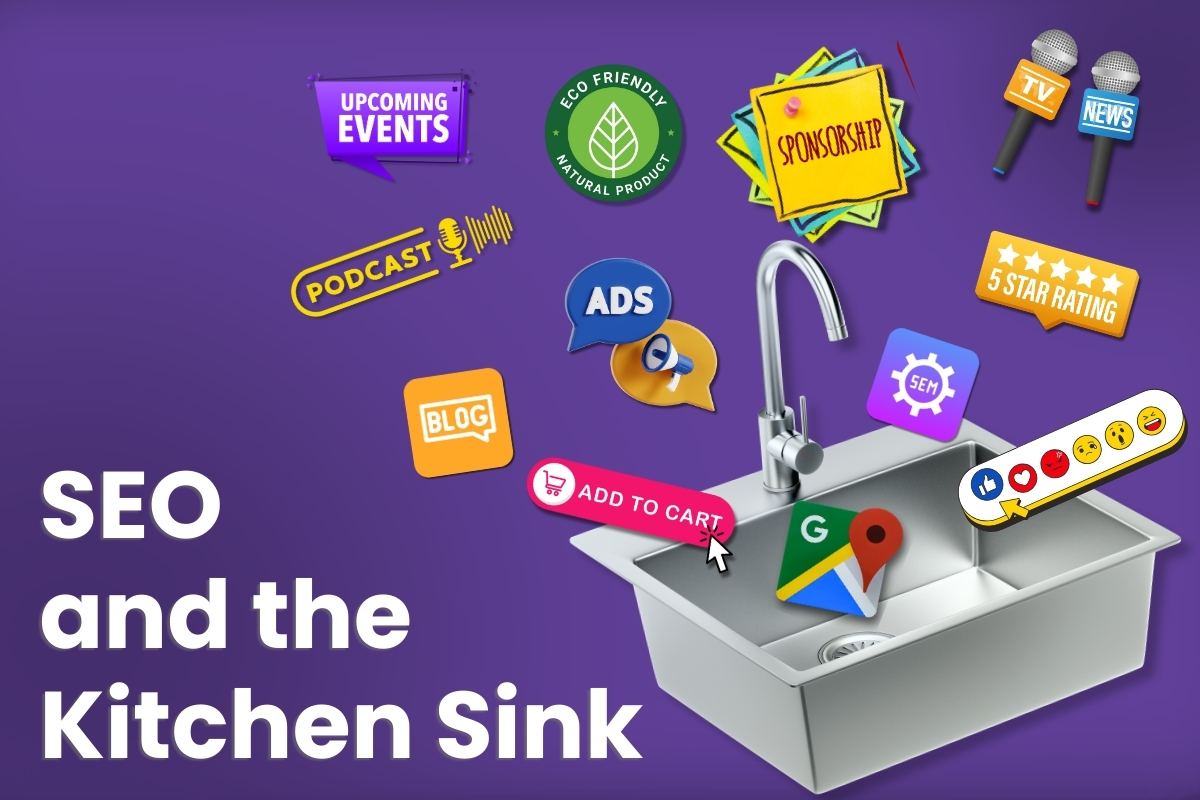



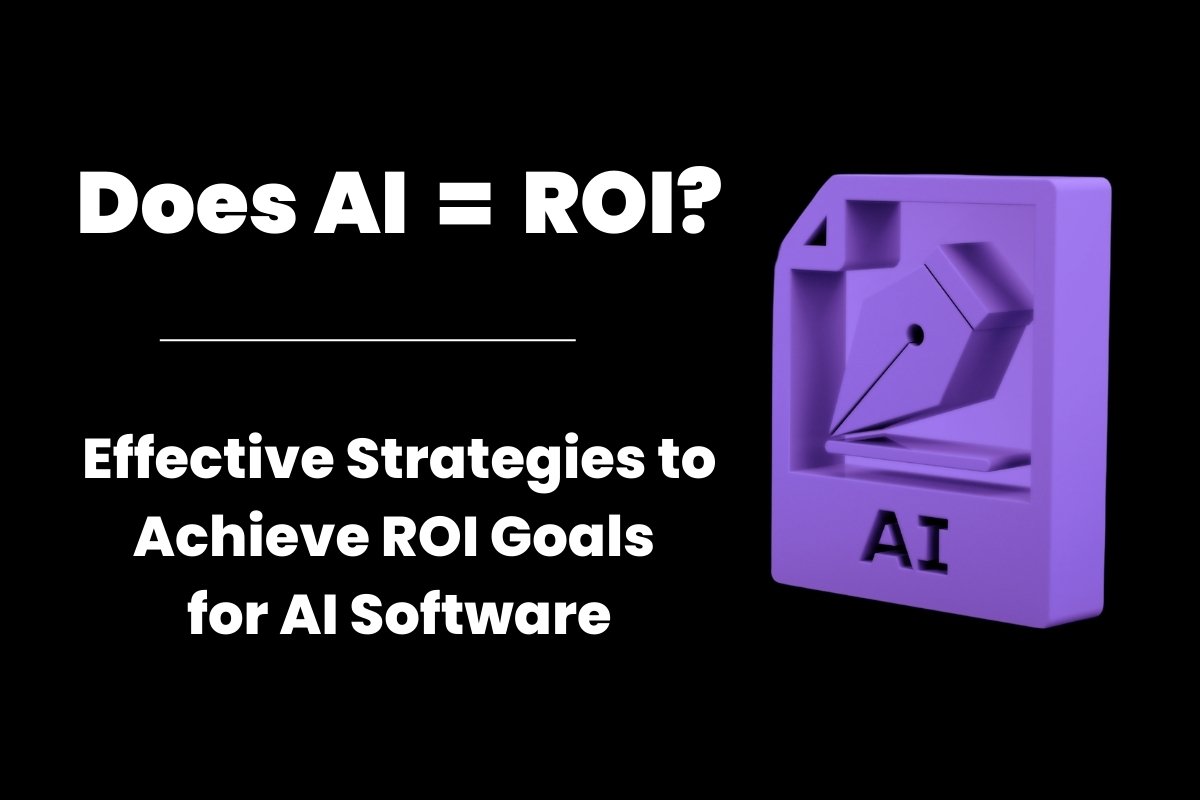

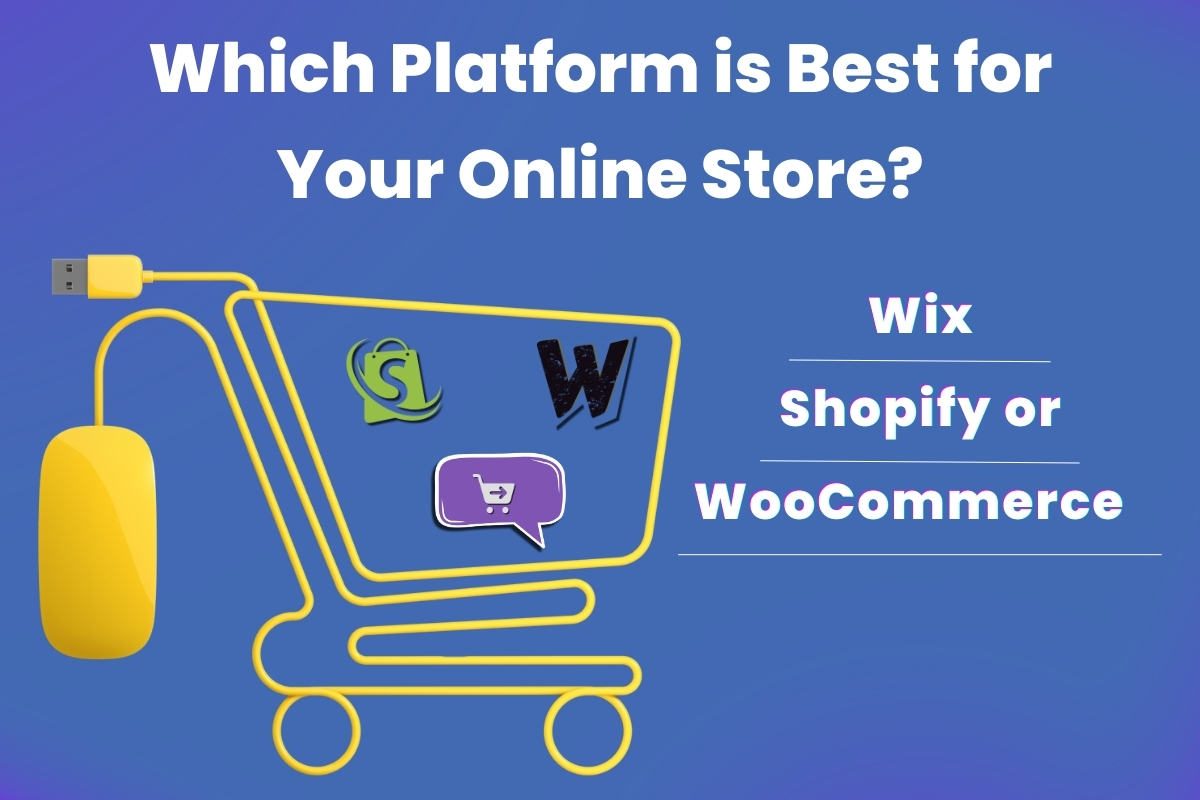


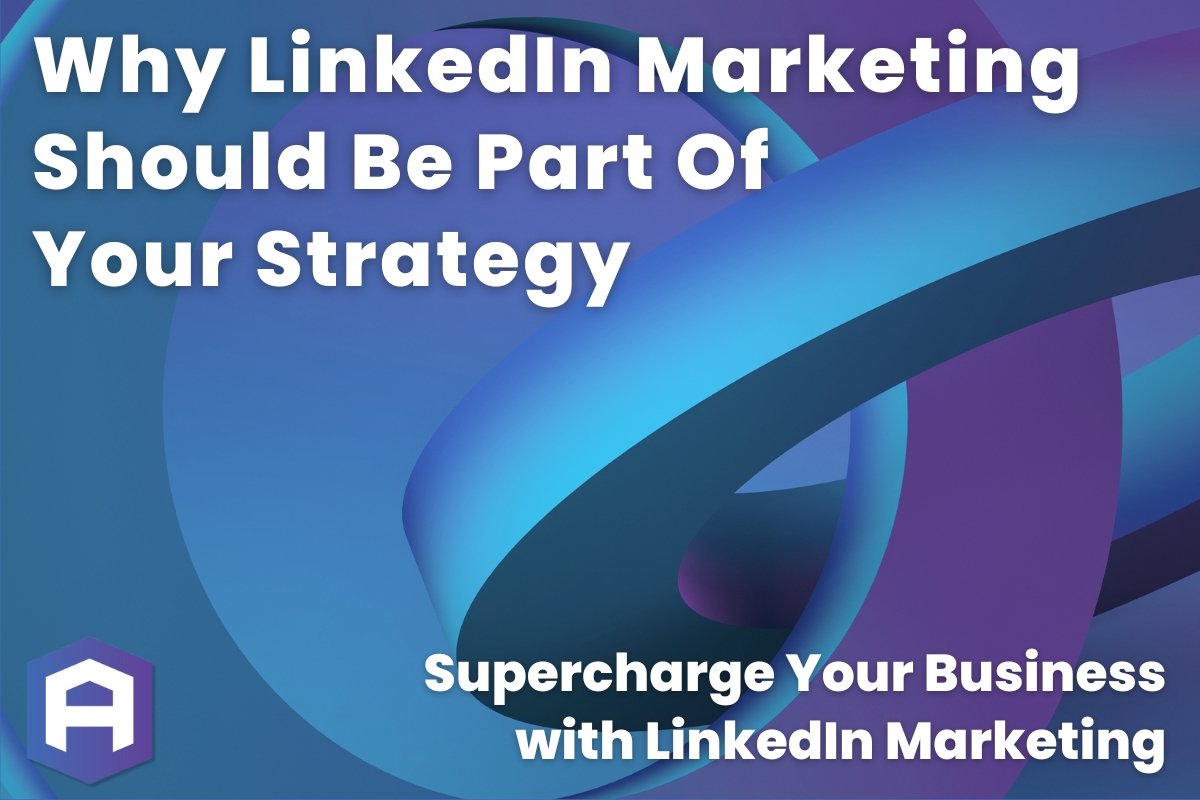
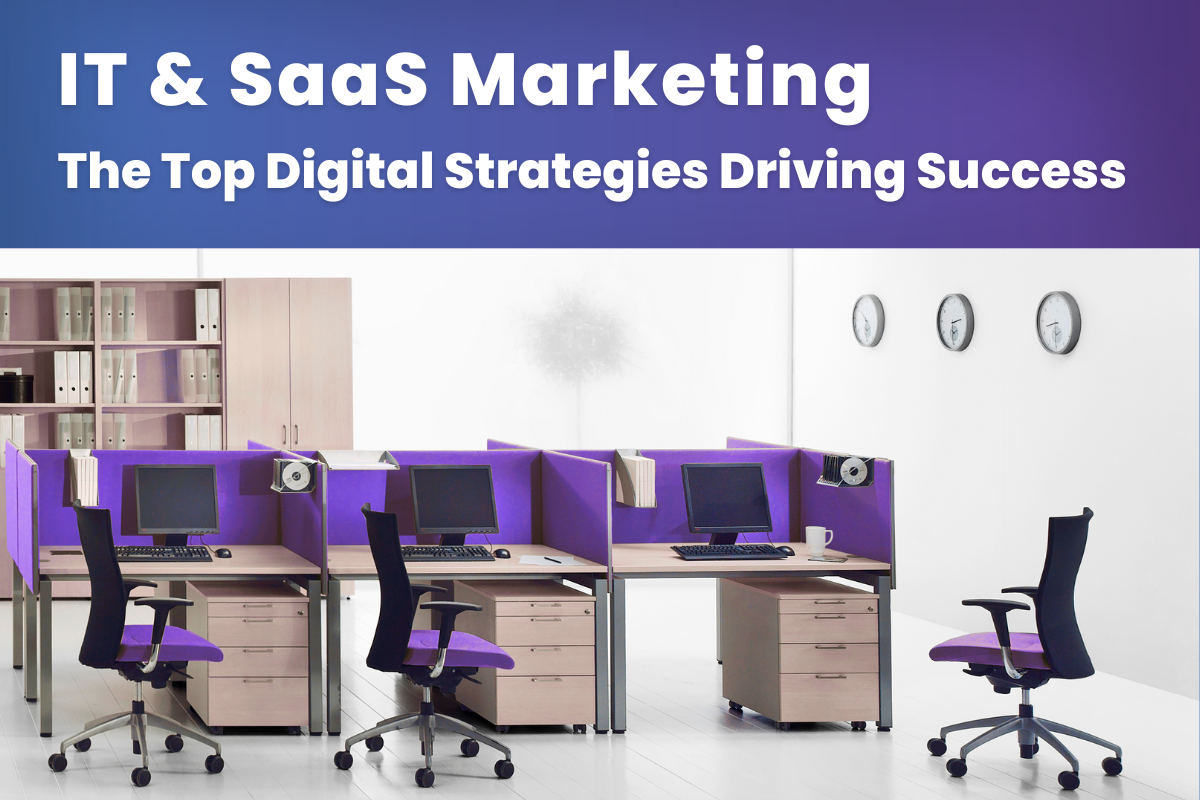
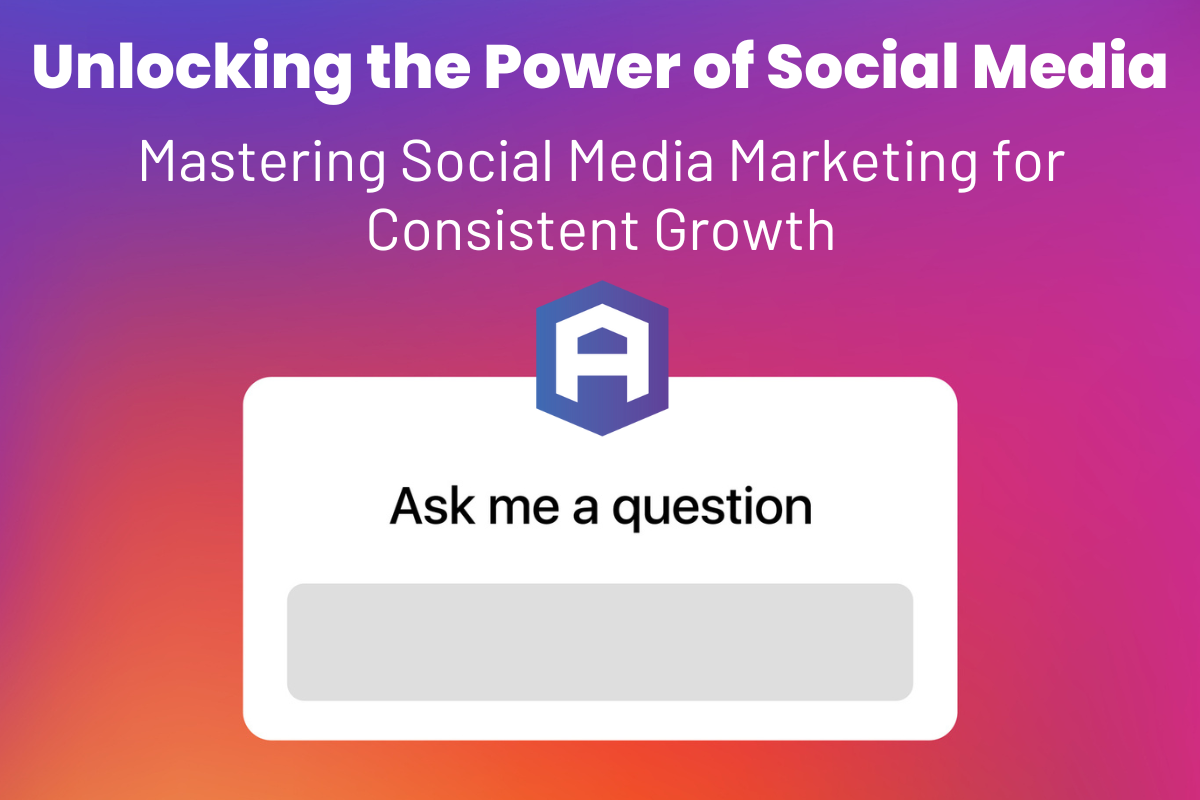


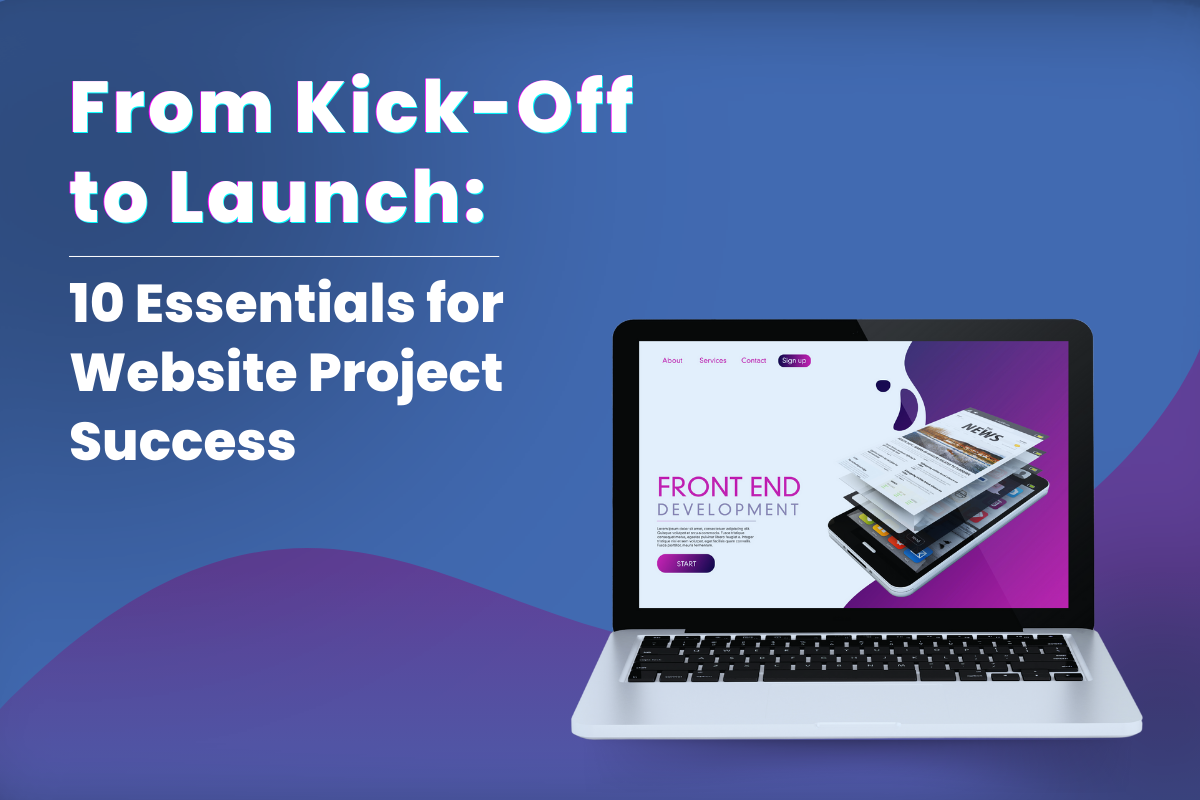

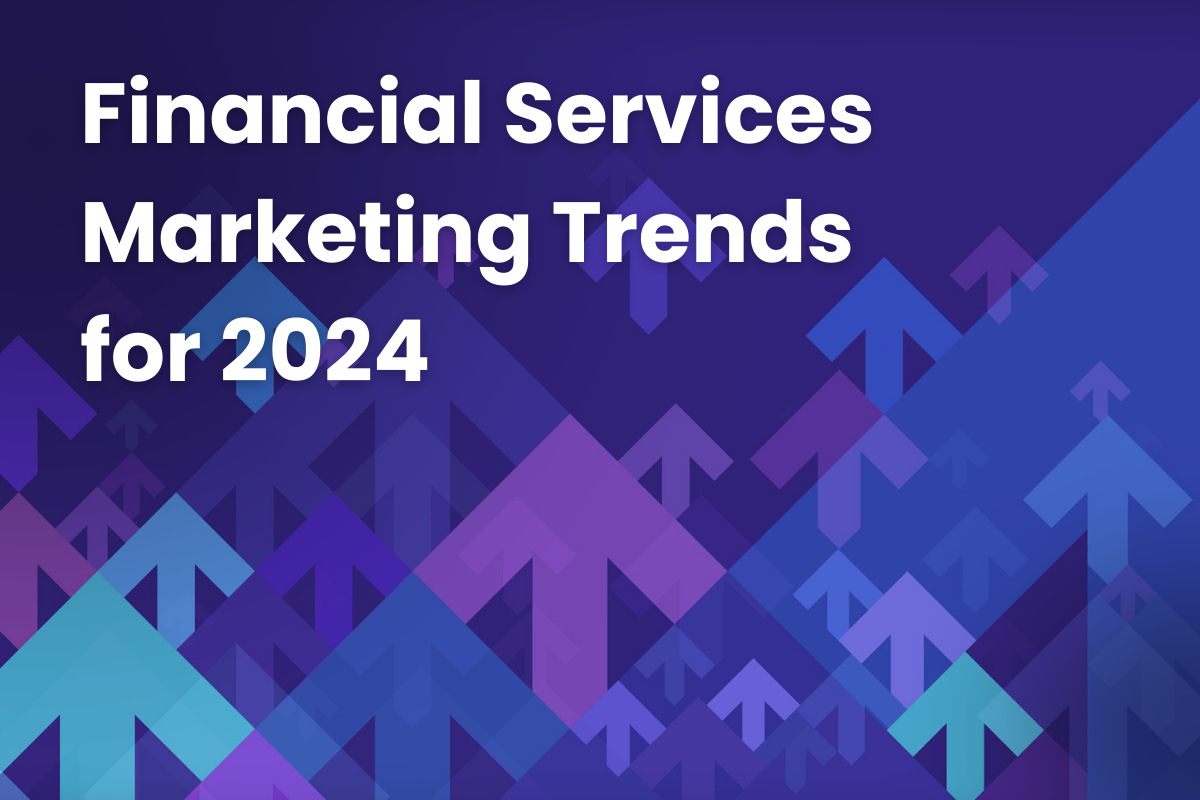
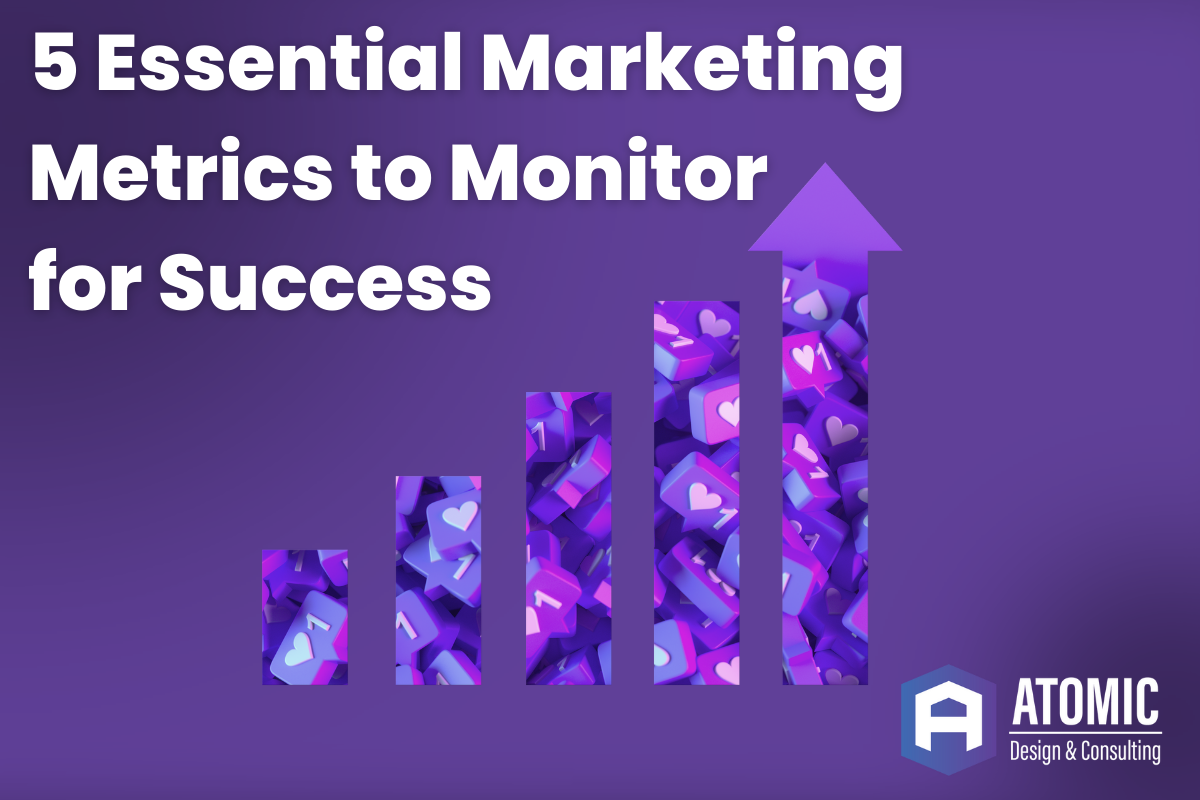




















![HubSpot Partner Day 2019 [Recap] 45 ADC partner day 1200x630 1](https://www.atomicdc.com/wp-content/uploads/2019/09/ADC-partner-day-1200x630-1.jpg)



![30 Awesome HubSpot Tools That Won’t Cost You a Dime [Free Inbound Marketing Tools] 49 30 hubspot tools that won't cost you a dime](https://www.atomicdc.com/wp-content/uploads/2019/06/ADC-30-hubspot-tools.jpg)


